In the decades following 1939, the academy award nominated film Stagecoach flooded the television airwaves, teaching families across America that Native Americans, (Apache in the case of this film) were bloodthirsty killing savages.
John Wayne was the star of the movie, a man well-known for racially based overtones in interviews throughout the course of his long film career. In interviews, Wayne made extensive disparaging comments about Native and Black people. He said of Natives, in regards to the territories in which they lived, that they “were selfishly trying to keep it for themselves,” and of Black people Wayne said, “I believe in white supremacy until the blacks are educated to a point of responsibility. I don’t believe in giving authority and positions of leadership and judgment to irresponsible people.”
In fact, when Native American actress Sacheen Littlefeather refused the Oscar on behalf of Marlin Brando in 1974, due to the mistreatment of Native Americans in the film industry, Littlefeather described that John Wayne, who was sitting in the audience, had to be held back by security at the Academy Awards during her announcement.
Check out this related post:
Sacheen Littlefeather reads the Oscar’s speech for Marlon Brando she wasn’t allowed to give
The majority of all movies eventually make their way to televisions in homes across the world. And as the world continues to embrace the influx of technology and the availability of media, the television as well as personal computers, smartphones and tablets are becoming windows to the new and updated world of media, movies, streaming platforms and video-on-demand.
And with the increase of video-on-demand, comes the increase of inclusivity, diversity and ultimately, the new and improved version of people of color.
The Native American is being redefined as the world of media on demand becomes more readily available.
Indigenous directors, filmmakers, writers and even social media content creators are creating never before seen worlds of Native American contemporary life. Even though these stories have been present for generations. But the stories were overlooked, because studio executives asserted that no one would be interested in contemporary Native American life.
The old and tired stereotypical stories are no longer being embraced or even tolerated. And if content creators assert any of the old tropes or stereotypes in their films, they are all immediately called out by millions on social media. Filmmakers do not wish to be shamed on social media; careers can now end depending on how severely the offender is called out.
Rutherford Falls, Reservation Dogs and more
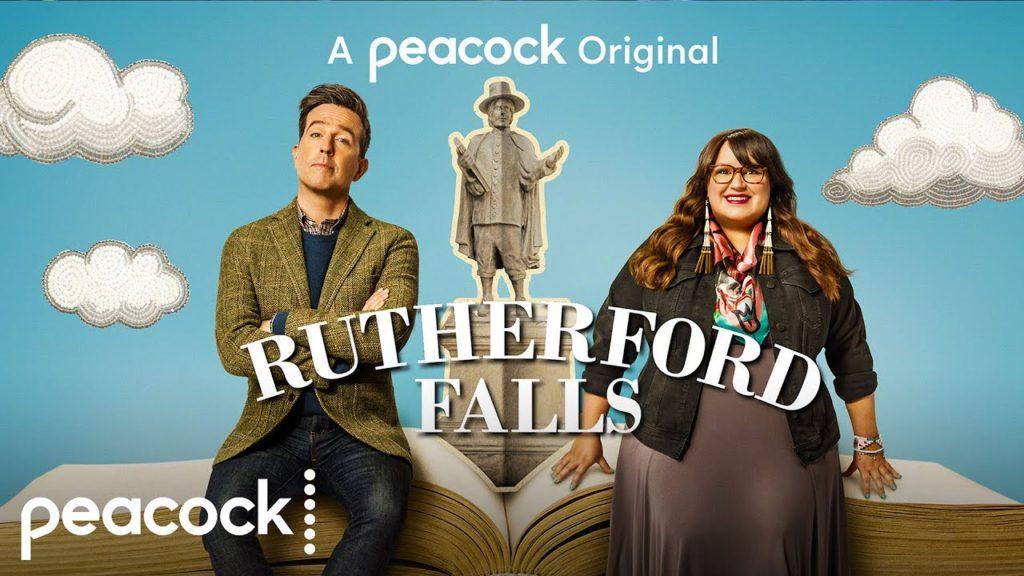
In April of 2021, at the height of the COVID-19 epidemic, the first-ever Native American showrunner and executive producer in the United States, Sierra Teller Ornelas released the premier of Rutherford Falls on the television streaming platform Peacock TV.
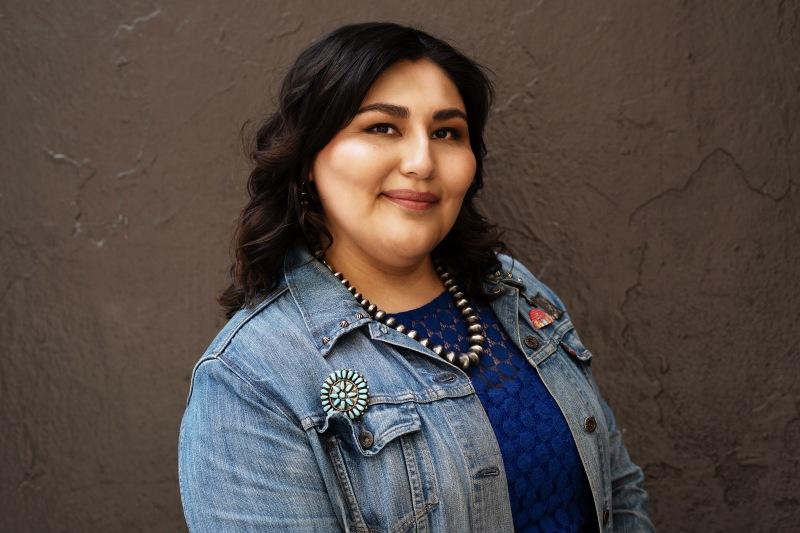
Rutherford Falls, an episodic series based on the life of two lifelong friends, Reagan Wells (portrayed by Jana Schmieding, Cheyenne River Lakota) and Rutherford Falls museum curator Nathan Rutherford (portrayed by Ed Helms of The Office and The Hangover) – was a comedy series based on the relationship between Reagan and Nathan, a Native woman and non-Native man, who go head-to-head in a conflict regarding the removal of a pilgrim-like statue known by the town of Rutherford Falls as “Big Larry.”
The beauty of Rutherford Falls as lauded by many in the critics and social media, is that the show has a writer’s room with a 50% ratio of Native writers, as well as a majority of actors that are Native American and First Nations that are all cast in Native roles to represent the fictional Minishonka tribe portrayed in the series.
Native writers on “Rutherford Falls” include co-creator and executive producer Sierra Teller Ornelas, Navajo, Bobby Dues, Sisseton-Wahpeton Dakota, Tai LeClaire, Mohawk and Mi’kmaq, Schmieding and Tazbah Rose Chavez who is Bishop Paiute, Diné, and San Carlos Apache.
LeClaire answered a few questions about his work on Rutherford Falls in an email.
How has Rutherford Falls changed the definition of Native People?
LeClaire: “Rutherford Falls is part of a moment in television and media history where Native people are finally at a place where our stories can be told by our people on a major streaming and TV networks – and keeping the stories funny at the same time! While I don’t know if the show has changed the definition of Native American itself, it certainly has helped introduce Native contemporary lives to audiences that haven’t seen it before.”
How did you feel when Rutherford Falls was renewed for a second season?
LeClaire: “My first feeling was excitement just to have a job again! But my second feeling was definitely one of assurance. Helping make a TV show is difficult enough and helping to make one during Covid even more so. It feels like I’ve been in this bubble for so long and once the show was finally out for people to enjoy and to then get the pick up for a second season made me step back and say “we really gave the stories we wanted to tell justice.”
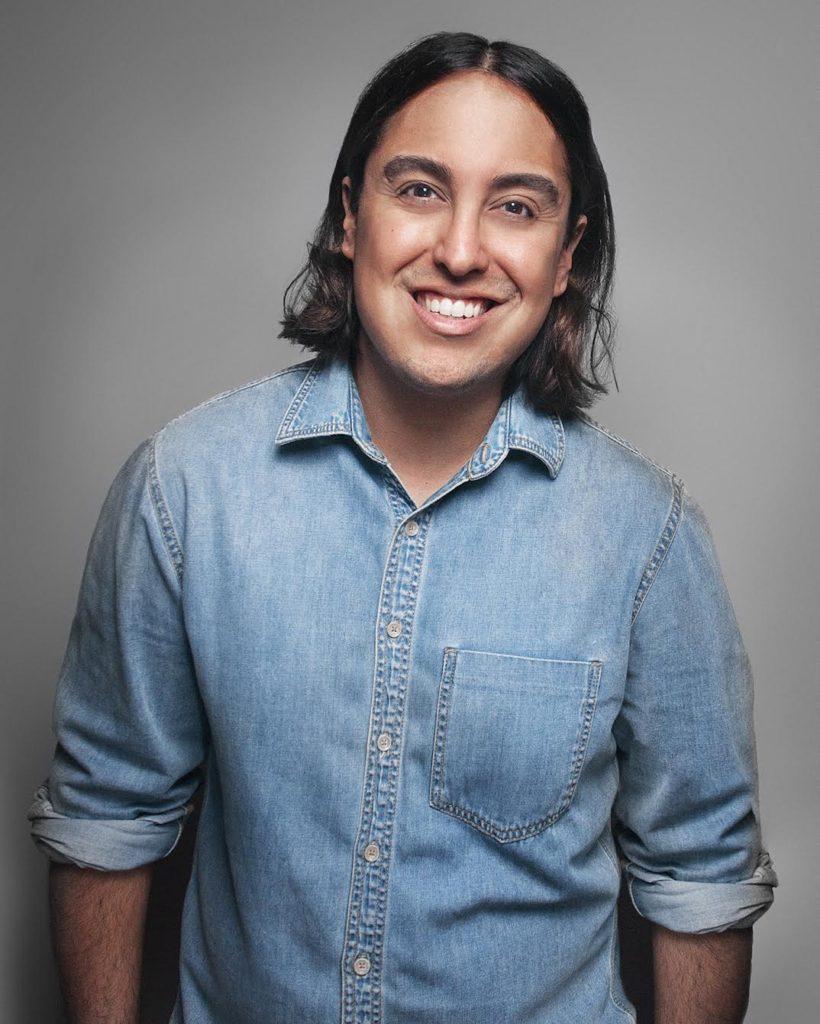
Two of the chief Native actors are Schmieding and Michael Greyeyes. In addition to Schmieding’s role as Reagan Wells the Minishonka museum curator, Greyeyes plays Terry Thomas, a tribal council member and the operations executive for the tribe’s casino.
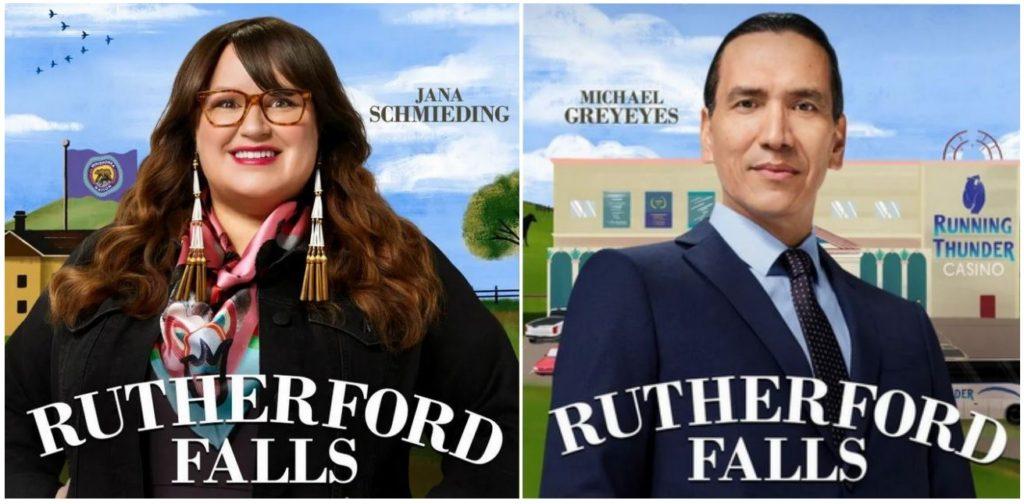
A meeting of minds
“Rutherford Falls” is a creation arising from the comedic minds of Ed Helms, well-known for his role on the successful television series “The Office.” Helms, who portrayed Andy Bernard, aka the Nard dog, worked with Michael Schur, an executive producer on the show (as well as “Parks and Rec”) to create the concept. Wanting to incorporate a respectful Native voice, they invited Ornelas, who had worked with Schur on “Brooklyn Nine-Nine” with Schur and on a television pilot with Helms, enthusiastically joined the team.
In an interview I had with the showrunner, Ornelas said it was a perfect combination of comedic minds as well as an appropriate topic considering Ornelas’ own personal career at the Smithsonian.
You can watch the interview on YouTube here:
“It was a really wonderful meeting of minds. I had worked for many years at the National Museum of the American Indian at the Smithsonian and had a real museum background. My mom is a master Navajo tapestry weaver, and she kind of raised us in museums. And so we sort of kind of mind melded the three of us together and just sort of kept developing the idea … Then we were off to the races,” said Ornelas.
In the interview, Helms admitted he was still in the learning phase regarding undoing Native stereotypes in television, but felt the experience was a rewarding one.
“You know, candidly, I’m still learning about the impact that a show like this has in the Native community,” Helms said. “This show has been one of the most rewarding creative experiences of my life, not just because it’s felt meaningful … but also because the creative energy on this show, the kindness and benevolence of everyone who works on this show, the entire writing staff, our entire cast, everyone just has this dynamic that I’ve never experienced before,” said Helms.
In 2021, “Rutherford Falls” was renewed for a second season.
Reservation Dogs
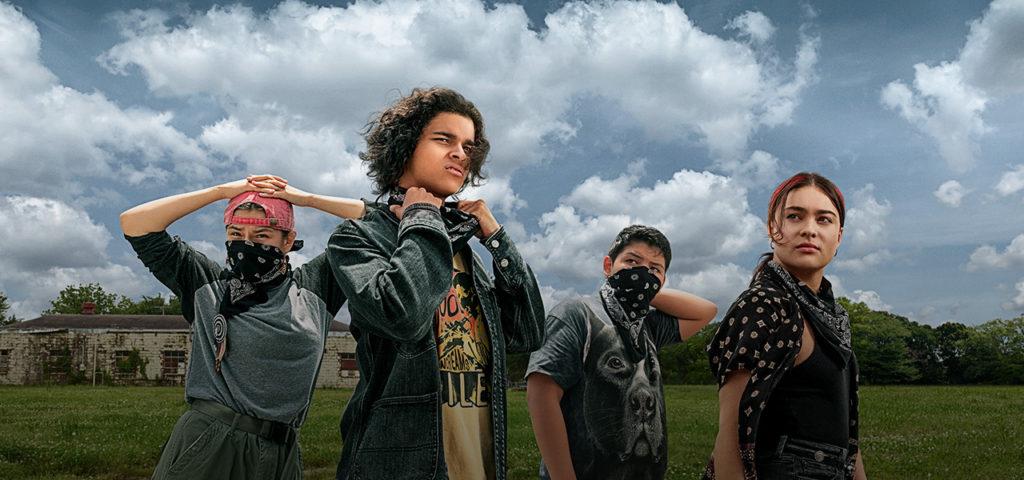
On February 9, 2020 Māori director Taika Waititi received the coveted golden statue for “Best Adapted Screenplay” for his film “Jojo Rabbit” at the 92nd Academy Awards. Waititi’s award was significant for several reasons. Waititi was an Indigenous director winning an Academy Award against four other major films vying for best screenplay, namely “The Irishman,” “Joker,” “Little Women” and “The Two Popes.”
In addition, Waititi dedicated his Oscar to Indigenous youth.
“This is really great, and I dedicate this to all the Indigenous kids in the world who want to do art and dance and write stories. We are the original storytellers, and we can make it here, as well, thank you” said Waititi at the awards program. He later also thanked Cherokee actor Wes Studi for his lifetime of work in the film industry.
Waititi continued to thrive in the film industry and worked on a plethora of projects to include Marvel’s Thor, Disney’s “The Mandalorian” and more. Perhaps most notably in the world of television and video-on-demand, Waititi combined efforts with Native director and filmmaker Sterlin Harjo to co-create and co-executive produce the wildly successful series on FX/HULU “Reservation Dogs.”
Harjo, Seminole and Muscogee, worked with Waititi to create a show representational of life on the rez in Oklahoma. The show highlights the exploits of four Native youth, Bear Smallhill, played by D’Pharaoh Woon-A-Tai, Elora Danan, played by Devery Jacobs, Willie Jack, played by Paulina Alexis and Cheese, played by newcoming actor Lane Factor.
The show is unapologetic in its realistic themes and does not shy away from some of the realities of reservation life. During the series, the four Native youth steal a potato chip truck and sell it in order to raise funds to travel to California, as well as deal with the difficulties of dealing with youth suicide, seeking healthcare at an Indian Health Services clinic and striving to maintain dominance over a rival group of Native teens.
Harjo says the themes in “Reservation Dogs” are based on his own life. He grew up with a friend named Cheese.
Perhaps most significant, “Reservation Dogs” was produced on the FX / HULU platform, a network with significant monetary resources. Due to this fact, Harjo was able to put some of the best and well-known Native actors in the industry onto the show to include Zahn McClarnon, Gary Farmer and Wes Studi.
Comedian Bill Burr even appeared on one of the episodes of the first season alongside actor Devery Jacobs.
“Reservation Dogs” was an immediate hit in Indian Country as well as the rest of the world and social media posts often went viral. The show was renewed for a second season before the airing of the last episode.
A new definition of Native America was hitting the television airwaves. And audiences loved and celebrated it.
A gracious nod from the Emmys
On Sunday September 19, 2021 at the Microsoft Theater in Los Angeles, Director Sterlin Harjo and the cast of Native youth to include Factor, Jacobs, Alexis and Woon-A-Tai presented the Emmy for “Outstanding Directing in a Limited Series” at the 73rd Emmy Awards program.
Harjo and the Native youth were able to express their appreciation for Native representation being recognized by the world’s stage via the Emmy awards.
“We are here on television’s biggest night as creators and actors, proud to be Indigenous people working in Hollywood, representing the first people to walk upon this continent, and we are really happy to be here,” Harjo was the first to declare.
“Thankfully, networks and streamers are now — now — beginning to produce and develop shows created by and starring Indigenous people,” said Woon-A-Tai. “It’s a good start, which can lead us to the day when telling stories from underserved communities will be the norm, not the exception,” said Jacobs. “Because, like life, TV is at its best when we all have a voice,” Alexis said last.
The cast announced “The Crown” director Jessica Hobbs as the winner for the Emmy in that category.
Jacobs wore a gown by the Indigenous designer Lesley Hampton and earrings by IdiCity, further promoting the existence of Indigenous artists to the world of television.
Earlier in the month, actor Jana Schmieding, who plays Reagan Wells in “Rutherford Falls” as well as a disgruntled Indian Health Service clinic receptionist in “Reservation Dogs” presented a Creative Arts Emmy in the “Best casting for a reality show program.”
Ornelas expressed her pride on Instagram for Schmieding’s television appearance.
“I’m beaming with pride watching @janaunplgd (Jana Schmieding) looking fabulous and presenting at the Creative Arts Emmys. I keep thinking of what nerdy 9-year-old Sierra would have done with this kind of representation. It makes me teary for what we didn’t have and for what we have now, and all the more coming soon. Bravo Jana, you represent us so well,” Ornelas wrote.
Celebrating Natives in the world of television
“Reservation Dogs” and “Rutherford Falls” are mile markers in the world of television that are showcasing new definitions of contemporary Native life and comedic sitcoms.
Additionally, other shows are either in the works, or are being embraced by networks and streaming platforms as viable sources of content.
Currently, Waititi and Navajo director Billy Luther are working on an upcoming production with few details titled “Frybread Face and Me.”
Mohawk Girls has been there since 2014
Peacock TV has also recently acquired the new-to-the-states sitcom “Mohawk Girls,” which originally aired on the CBC in Canada.
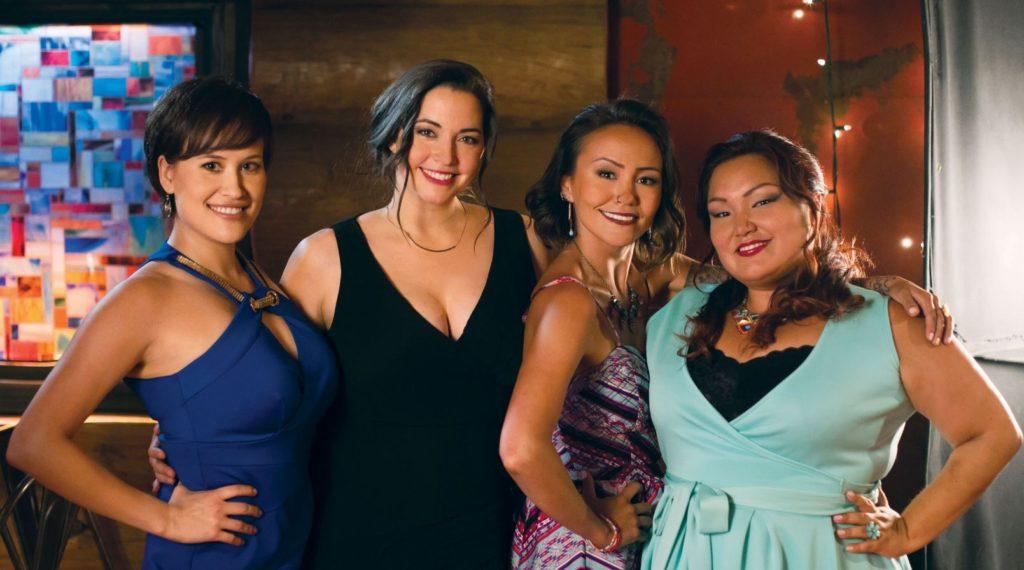
Mohawk Girls is described as a comedy-drama series that was developed by Mohawk filmmaker Tracey Deer. The TV show first aired on OMNI Television and on APTN in 2014. It was picked up in 2021 by Peacock TV.
As described by Peacock TV, “the series follows four modern Native American women as they navigate sex, work, love and what it means to be a Mohawk tribe woman in the 21st century, essentially “Sex & The City” on the reservation.
The award-winning series ran for 5 seasons in Canada and accumulated many accolades over its run including nods for “Best Comedy Series,” “Best Comedy Writing” and “Best Actress in a Comedy Series” at the Canadian Screen Awards. The series is helmed by Tracey Deer and Cynthia Knight and based on Deer’s own experiences living on the reservation. Tracey Deer is an acclaimed Writer, Director, Producer who has almost exclusively produced content telling Native American stories.”
Peacock says it “believes in the series so much they are currently airing all five seasons.”
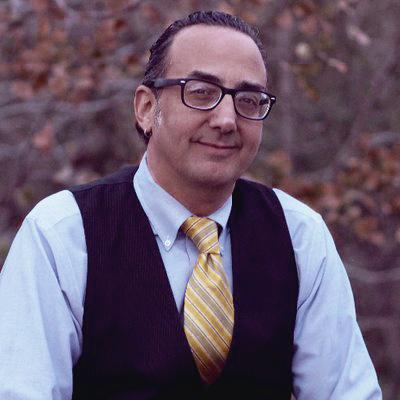
Vincent Schilling, Akwesasne Mohawk, is the founder and editor of Native Viewpoint. With nearly 20 years of experience as a Native journalist and former member of the White House Press Pool, Vincent works to uplift underrepresented voices in the world of media and beyond. Follow Vincent on YouTube.com/VinceSchilling, on Twitter at @VinceSchilling or on any other of his social media accounts by clicking on any of the icons below.
Support Native Viewpoint a Native multimedia website, by clicking here.